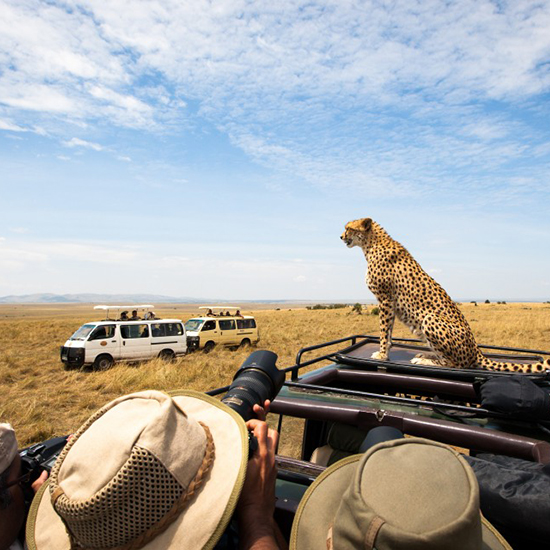
Weather Pattern In Tanzania
Tanzania is a year-round destination, offering travellers a wide range of landscapes and experiences, from safaris across the Serengeti to beach escapes in Zanzibar. However, knowing what to expect from the weather can help you make the most of your trip. Here’s a comprehensive look at Tanzania’s climate and seasonal changes, so you can plan accordingly. Tanzania’s climate is predominantly tropical, with distinct wet and dry seasons. The country’s location near the equator means warm temperatures year-round, with variations depending on altitude and region. Coastal areas like Zanzibar are humid and warm, while central and northern regions are drier and slightly cooler. In mountainous regions, such as around Mount Kilimanjaro, temperatures can drop significantly, especially at night. There are variety of weather season in Tanzania as follow;
Dry Seasons
June to October (Cool Dry Season): This is Tanzania’s main dry season and peak tourism period. With little to no rain, these months bring comfortable temperatures (ranging from 20°C to 30°C or 68°F to 86°F) and lower humidity, especially in the interior and northern regions. This season is ideal for safaris, as wildlife is easier to spot around shrinking water sources. Beach destinations like Zanzibar are also popular due to mild temperatures and sunny skies and Kilimanjaro is accessible easily.
January to February (Short Dry Season): After the short rains, Tanzania experiences a brief dry spell. This period is marked by warm weather and fewer tourists, making it a quieter time for safaris and beach visits. It’s also the calving season in the Serengeti, so you may witness young animals and increased predator activity.
Wet Seasons
March to May (Long Rainy Season): The long rains start in March and continue through May, with April typically seeing the heaviest rainfall. During this time, afternoon thunderstorms are common, and some roads may become difficult to navigate. Although wildlife viewing is still possible, it can be more challenging as animals spread out in search of fresh vegetation. However, this period brings lush landscapes and fewer crowds, appealing to those who enjoy quieter, greener surroundings.
November to December (Short Rainy Season): These “short rains” are typically less intense than the long rains, with light, sporadic showers, often in the afternoon or evening. Travel is still very feasible, and vegetation becomes vibrant and green, making it a beautiful time for photography. This period is an excellent balance of manageable weather and lower tourist numbers.
What to Pack Based on the Season
Dry Season (June to October, January to February): Pack lightweight clothing for warm days, including breathable fabrics for safari trips. Don’t forget a warm layer for cool mornings and evenings, particularly in northern parks and mountainous areas. Essentials include sunglasses, sunscreen, and a hat for sun protection.
Rainy Season (March to May, November to December): Include a lightweight, waterproof jacket and durable walking shoes or boots, especially if you plan on trekking or safari adventures. Consider insect repellent for added comfort, as mosquitoes are more prevalent in wetter months. A hat and light rain gear will keep you comfortable during afternoon showers.
Weather Tips for Travelers
Plan Your Activities by Season: If safari and wildlife viewing are your primary goals, the dry season (June to October) is optimal, as animals gather around water sources. For those interested in hiking Kilimanjaro or other trekking, dry months provide safer and more enjoyable conditions.
Consider the Shoulder Seasons: The short dry season (January to February) and short rainy season (November to December) are less crowded and still offer fantastic experiences, allowing you to enjoy lower accommodation rates and a more relaxed pace.
Stay Informed: Localized weather can change rapidly in Tanzania. Check reliable weather sources close to your trip for specific, up-to-date information on your destinations. Your local guide or tour operator will also be a great source of information for navigating Tanzania’s varied weather.
With a diverse climate that brings everything from lush rains to sunlit dry spells, Tanzania offers something special in every season. By understanding the country’s weather patterns and planning accordingly, you can make the most of your Tanzanian adventure whether you’re here for a thrilling safari, a beach escape, or a challenging mountain trek. Whatever the season, Tanzania’s remarkable landscapes and wildlife will leave you with unforgettable memories.
Sorry, the comment form is closed at this time.



